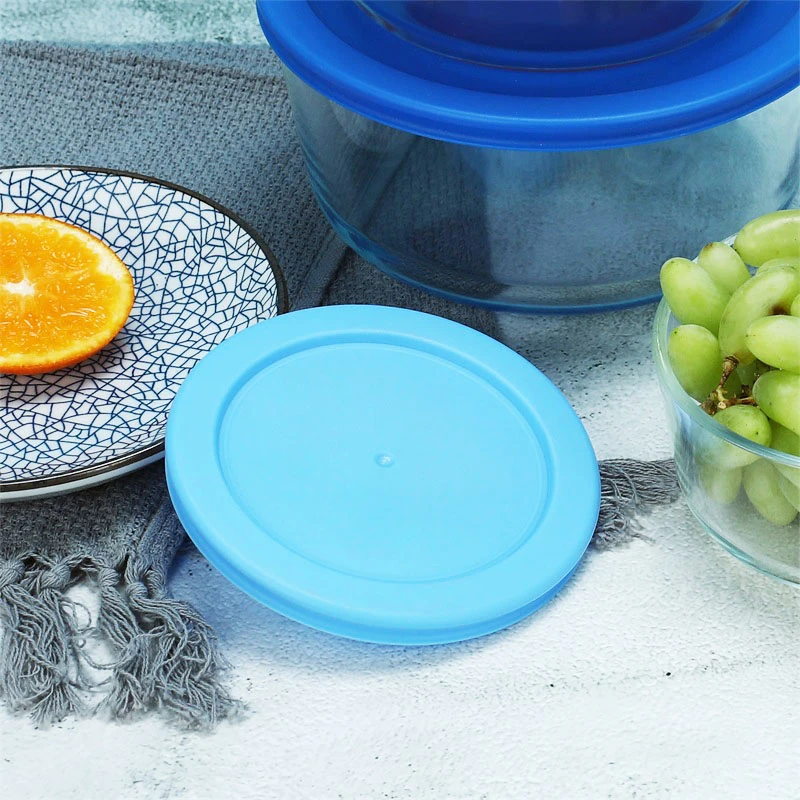 TEL: +86 311 67799298
TEL: +86 311 67799298 Email: tina@yintoglassware.com
Email: tina@yintoglassware.com
Examining the Benefits of 330ml Glass Bottles for Beverages and Packaging
The Rise of 330ml Glass Bottles A Sustainable Choice for Beverage Packaging
In recent years, the focus on sustainability and environmental responsibility has led to a resurgence in the popularity of glass packaging, particularly in the form of 330ml glass bottles. These containers are not only aesthetically pleasing but also practical, serving a variety of beverages from carbonated drinks to juices and craft beers. Understanding the benefits and trends associated with 330ml glass bottles can provide insights into both consumer preferences and industry shifts.
Environmental Benefits
One of the most significant advantages of 330ml glass bottles is their eco-friendliness. Glass is made from natural materials like sand, soda ash, and limestone, which are abundant and widely available. Unlike plastic, glass is infinitely recyclable without losing quality. When a glass bottle is recycled, it can be turned into new glass containers or other products, minimizing waste and conserving resources. This recycling process uses less energy compared to producing new glass from raw materials, resulting in a lower carbon footprint. In an era where climate change is a pressing concern, consumers are increasingly drawn to products packaged in materials that align with their sustainability values.
Health and Safety
In addition to environmental considerations, health and safety concerns play a crucial role in the growing preference for glass packaging. Glass is non-toxic and does not leach harmful chemicals into beverages, unlike some plastics that can release harmful substances over time, especially when exposed to heat. This aspect is particularly important for food and beverage industries, where consumer safety is paramount. Furthermore, glass bottles are impermeable, providing an excellent barrier against oxygen, light, and moisture, which helps preserve the flavor and freshness of the contents.
Aesthetic Appeal and Branding
330ml glass bottles

The aesthetic appeal of 330ml glass bottles cannot be understated. Glass offers a premium feel that enhances the brand image and makes products more attractive to consumers. Many brands are now opting for uniquely shaped or colored glass bottles that stand out on the shelves, creating a sense of luxury and quality. The transparency of glass also allows consumers to see the product inside, which is particularly important for beverages, as visual cues can significantly influence purchasing decisions. By investing in eye-catching packaging, companies can enhance their branding efforts and attract environmentally conscious consumers who appreciate quality as much as sustainability.
Trends in Consumer Behavior
Consumer behavior has shifted dramatically in recent years, with many individuals becoming more mindful of their purchasing decisions. The demand for healthier, organic, and locally sourced products has surged, and this trend extends to packaging choices. The younger generations are particularly inclined to prefer products with sustainable packaging, which bodes well for the future of 330ml glass bottles. Companies that embrace this trend and advertise their commitment to sustainability are likely to gain a competitive edge in the market.
The Craft Beverage Movement
The craft beverage movement has also contributed to the popularity of 330ml glass bottles. Many craft breweries and artisanal beverage producers prefer glass bottles to showcase their unique offerings. The 330ml size is ideal for single-serving drinks, making it a convenient option for consumers looking to try new flavors without committing to larger quantities. Additionally, the craft movement emphasizes quality and artistry, which is perfectly matched by the elegance of glass packaging.
Conclusion
As the focus on sustainability, health safety, and aesthetic appeal continues to shape consumer preferences, the popularity of 330ml glass bottles is set to rise. These containers not only provide an eco-friendly and safe option for packaging beverages but also elevate the overall consumer experience. Brands that leverage this trend will be well-positioned to meet the demands of today’s conscientious consumers, ensuring that glass bottles remain a staple in the beverage industry for years to come.
-
Benefits of Vacuum Containers with Pumps for Food PreservationNewsJun.12,2025
-
Glass Food Storage Container with Lid for Seal PreservationNewsJun.12,2025
-
Styling Amber Glass Plates for Modern TablescapesNewsJun.12,2025
-
Benefits of Double Wall Coffee Cups for Heat RetentionNewsJun.12,2025
-
Colored Glass Bowls in Cultural TraditionsNewsJun.12,2025
-
Durability of Colored Glass Dinnerware Compared to CeramicNewsJun.12,2025









